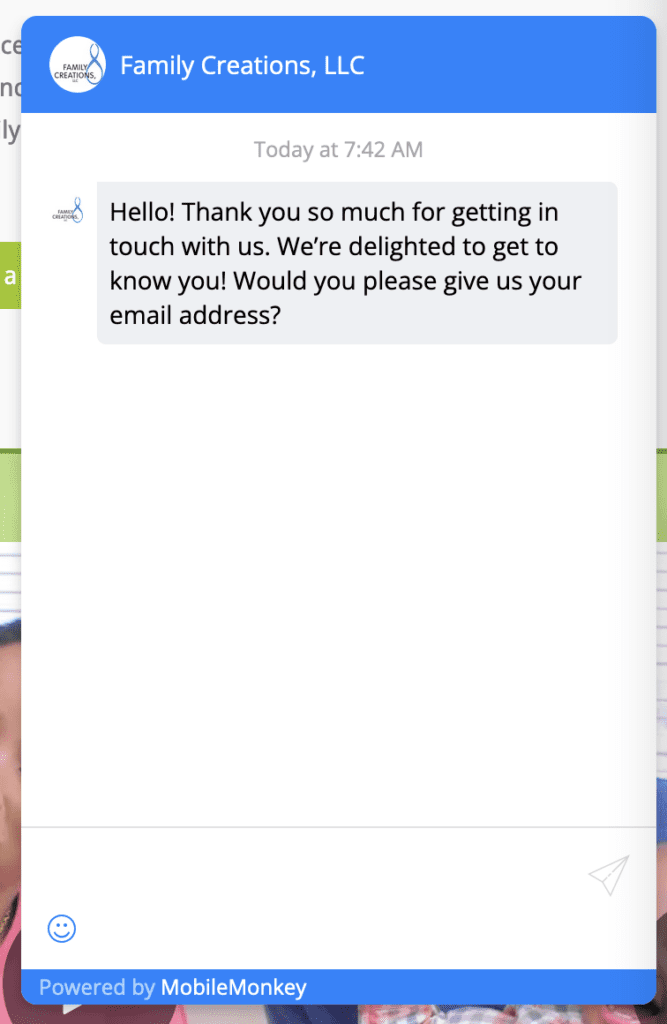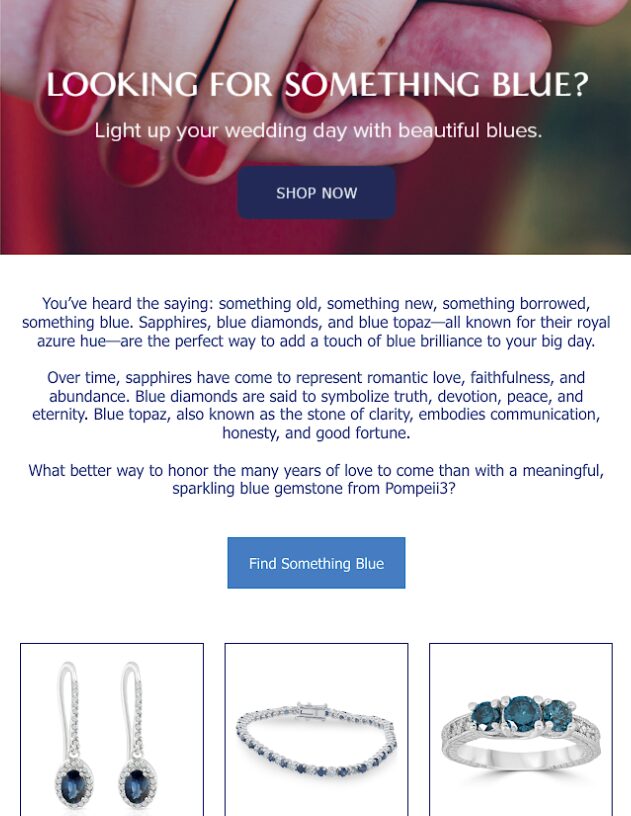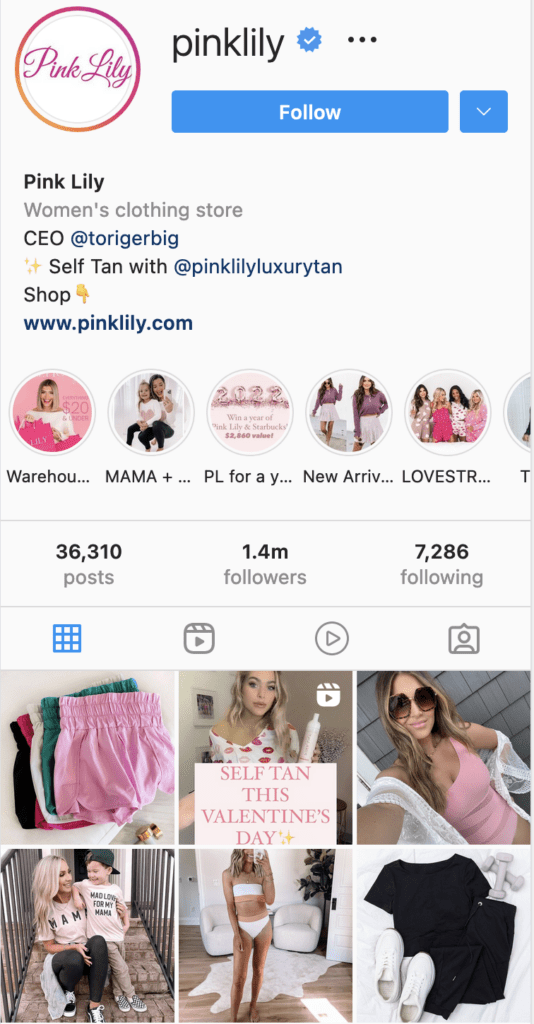
Digital marketing has become even more important as more and more of the buying process now happens online. With all the new trends, marketing tools, and social media platforms available to help reach potential customers, it can get confusing trying to pick what to focus on. One of the newest marketing strategies gaining traction is called conversational marketing, and it is quickly becoming one of the most important strategies to incorporate into your ecommerce store for sales and better overall customer satisfaction. Read this blog to find out what conversational marketing is.
Table of Contents
What is Conversational Marketing?
Conversational marketing is when a brand engages with customers by having two-way conversations in real-time through a live chat channel, an automated chatbot, social media, and more. These options provide a more personalized way for brands and customers to interact. Instead of trying to sell the customers on your products, this type of marketing takes on a more casual, friendly tone and allows the customer to take charge and initiate interactions whenever it is convenient for them. This approach makes the customer feel heard and leads to more natural connections. Conversational marketing is also sometimes called conversational commerce, a term coined by Chris Messina — the inventor of hashtags.
How Can It Help Your Business?
There are many ways that conversational marketing can help your business. In 2021 alone, global spending for conversational commerce was at $41 billion and is expected to rise to a whopping $290 billion by 2025. Much of the acceleration is attributed to the COVID-19 pandemic, which required more businesses to adapt to online selling processes. Good conversational strategies combine social listening with other tactics to create a well-rounded way for customers to interact with your brand.
Get to Know Your Audience
Wondering what is the benefit of conversational marketing? One of the best aspects of conversational commerce is that it can help you better understand your audience and their needs. By allowing your audience to ask questions in real-time, you can see where they are getting stuck in the process and provide them with responses to immediately realign with their needs.
Making marketing more conversational also helps build more authentic connections with your customers. When they feel like your brand is interested in getting to know them as a friend instead of just another sale, they are more likely to feel that the relationship is genuine. One study found that 90% of people are more likely to buy from a brand when they have a personal connection with it.
Collecting the data you get from these conversations can help you see where you may need to make certain aspects of your website more clear. Using customer feedback to make decisions, leads to being able to better serve them in the future and shows that you are listening.
Improve User Experience
Conversational marketing can help users easily navigate your website and learn what they need to know about your products and services. By making it user-friendly to ask questions, customers are more likely to follow through with a purchase and come out of the experience happier. On the other hand, a bad experience can send someone away for good. If things are hard to find and there’s nowhere to ask questions, people will quickly become frustrated and leave.
Improving the user experience also progresses customers through the marketing funnel more quickly. This is because answering their questions promptly means visitors don’t get stuck in one stage for longer than necessary.
Customer experience is quickly becoming one of the most important aspects of ecommerce. When a customer is on the fence about making a purchase, a good experience with a brand can sway them in the right direction. Getting them past this hurdle opens up the possibility for them to come back in the future or recommend the product to others.
Reduce Cart Abandonment
If the checkout process is too long or customers can’t find the answer to a question, they may decide that they don’t have time to search and instead abandon their cart. By seeing where this is happening and what conversational marketing methods can help customers in those moments, you decrease the possibility of them leaving.
For example, if someone is curious about a certain feature or detail of the product they’re thinking of purchasing, having a chatbot available to provide the answer may help them realize the product is exactly what they need. Without this, they may try to search in the FAQs or other pages for the answer. If they’re unable to find it, they may leave and buy the product somewhere else. If they do find the answer, it may still take too long. In that case, customers may leave and plan to come back another time, which could lead to them forgetting about the items altogether.
Chatbots can also help with cart abandonment by sending a simple popup message asking if a customer who is leaving has a question. This can also remind the customer that there is a chat feature available and may prompt them to use it if they hadn’t previously.
Using chat or other tools to start conversations and prevent these scenarios leads to more conversions since people don’t have to wait before hitting purchase.
Increase Conversions

Conversion rate optimization (CRO) is the process of getting visitors to perform a certain task on a website, such as clicking a button or making a purchase. Seeing where leads turn into conversions, or where they get lost, is a good indicator of what digital marketing strategies are working and what can be improved.
Although conversion rates can be increased by strategic optimization, they can also be influenced by the type of marketing you’re doing or the service provided by your brand. If a customer feels like your company provided them with good service, they are more likely to buy. Having different channels for customers to interact conversationally helps to ensure that people follow through with their purchases. Customers who follow through are then counted as conversions.
Build Customer Loyalty
Customer loyalty is the hardest tier to get to on the marketing funnel because everything has to go right in the process. But, once you get your customers there it can also be the most rewarding. A big factor when it comes to loyalty is trust. When a customer knows they can trust your brand to provide them with great service and products, they are more likely to come back or even recommend your products to friends and family. In fact, 81% of people are more likely to buy from brands they trust and there are lots of factors that can influence a customer to trust a brand such as pricing, reviews, communication, and more.
Customers are also 4 to 6 times more likely to be loyal to brands with a strong purpose. This is because customers want to be sure that companies are doing good and are consistent with their views. A strong purpose also helps create a well-rounded brand story. When combined with emotionally driven messaging, these factors also help a company gain more loyal customers.
Tools You Can Use
There are many different tools you can use to incorporate conversational marketing into your ecommerce store. What are conversational marketing tools, and how can you use them? Here are some of our favorites.
Chatbots

One of the most popular ways to incorporate conversational marketing into ecommerce is through chatbots. It’s easy and can either be live or automated with AI. They can be especially useful for answering frequently asked questions quickly and easily without wasting anyone’s time. They also allow your brand to provide 24/7 support to people who may be looking at products outside normal business hours or from other time zones. Live chat customer satisfaction rates were at 85.6% in 2020.
Chatbots can also recommend products similar to the one someone is looking to purchase, tell customers about sales, give them discounts, or even offer other services, such as signing up for a newsletter. These strategies can get a customer to consider a product they may not have known they needed or opt-in to receive more information in the future, which can lead to them making more purchases. Having all of this information at their fingertips can make the difference between someone purchasing or thinking twice.
Online messaging has become one of the most used forms of communication; about 90% of people prefer to use messaging over phone calls because it is fast and easy. That’s why chatbots are extremely effective when it comes to providing better customer service.
Voice Assistants

More than half of people now use voice assistants to find answers to questions and general information. With more people staying at home during the COVID-19 pandemic, people started doing more tasks online and through their smart devices. Voice assistants such as Siri, Google, and Alexa have become common in many households, and their ease of use makes them a popular way for people to search for quick questions.
Optimizing content to be more conversational makes it easier for voice assistants to find a relevant answer when someone asks a question about your product or service. Having the option to use a voice assistant to search makes it easy for people to find information whenever they need it. It also keeps the conversation open and allows it to feel more like a two-way communication, since people can search on their devices whenever it is convenient for them. If they still need more assistance, they may end up going to the website and using another system to continue the conversation. What is conversational marketing if not an opportunity to engage more deeply and naturally with your customers?
Email Marketing

Many people think of email marketing in the more traditional, one-sided communication style. However, it doesn’t always have to be that way. Instead of using the traditional call to action statements such as “Download the Guide” or “Shop Now,” you can use more conversational methods such as “Reply to Me.” Even though this may not seem as strong a call to action at first glance, it opens the door for a more two-sided conversation, which is what consumers are looking for these days. If someone has a question, this is a great way to help them feel comfortable reaching out and asking.
Information and data gathered from other marketing areas can help create emails that are conversational and personalized to your audience. Using this to your advantage will help emails feel less like marketing and more like something the customer would receive from a friend.
Social Media

Social media is one of the most frequently used mediums to ask questions and interact with brands. With 3.78 billion people worldwide using some form of social media in 2021, having conversational marketing strategies in place on these platforms can make a huge difference for your business. In addition, 72% of Americans used social media in 2021, with the majority being between ages 18 to 29.
In the modern world, it’s seen as out of the ordinary if a brand doesn’t have a social media presence. The internet has become the first place people go for information, so most customers will think to look here first for any questions they have. From Facebook Messenger to Instagram direct messages (DMs), all of these are examples of communication lines that customers can use to directly access your customer service team.
Messaging seems to be the preferred method over phone calls, with 60% of millennials saying phone calls make them anxious to the point they would avoid making them. Messaging also has a 98% open rate, which is higher than any other communication channel, and 90% of people read those messages within 3 seconds. This is why it’s extremely important to have different types of responsive messaging options for people on your platforms.
Social listening is also a good way to be proactive when thinking about what questions your customers may have. Knowing this information is necessary to start good conversations with them and provide them with answers. If customers don’t think your brand is aware of their needs, they will be less likely to buy your products or request your services.
Video Calls
With more functions moving online in the last few years, video calls and chats have started to become even more popular. The shift toward video calls seems to be gaining popularity because it gives customers a similar experience to being in person while in the comfort of their own homes. More people have started getting used to this new level of convenience, so it is becoming an ecommerce best practice.
Some businesses have realized that video services are an engaging form of media and are already starting to take advantage of this new conversation method in several ways. One example is live streaming certain aspects of the business, such as product demos. This can be a form of video conversational marketing because it engages customers while showing them more about your products.
Steps to Get Started
Just like with other types of marketing, you should come up with a strategy for how to begin using conversational marketing in your ecommerce store.
Figure Out Your Business Needs
The best place to start is to evaluate your business needs and see how each tool would meet those needs. By figuring out your exact needs, you will be able to more easily pick which conversation method, such as a chatbot or other messaging system, is right for you and your customers. If you are trying to increase sales, you may use a different tool than if you are trying to minimize cart abandonment. Figuring out what your ultimate goal is will help you evaluate each tool accordingly.
It is also good to keep in mind that you will most likely be using a mix of different tools since your audience will usually be spread out across multiple platforms. For example, if someone searches for your product using a voice assistant and determines it is in line with what they are looking for, they may come to your website to investigate more. Then, they may use your chatbot to ask some more simple questions before buying.
Knowing your audience in-depth can also help determine which features you may want to incorporate. Getting a clear understanding of who is using your products, what problem they are trying to solve, and the unique demographics of your audience will help you hit the right tone and determine the right channels to use.
Do Research
Once you have an idea of what you want, you can start researching different companies that provide each tool and see which system would work best for your needs. Since there are so many options out there, it can be overwhelming. That’s why doing research is an important step and can help narrow it down. It can also help you feel more confident in the decision you make.
Integrate Your Chosen Tool
Once you’ve decided what conversational marketing tool is best for you, you can integrate it into your ecommerce store. After it has been up and running for a bit, you should make sure to look at areas where you can improve the system and see what customers are saying about it. If customers have positive feedback, then you can continue using that system. If not, you can always reevaluate and try something new.
It’s good to regularly run system checks to make sure everything is up to date. If it’s not, you can save time and frustration by proactively solving problems before customers start asking questions about them.
Measure the Results
Using different tools can get you lots of feedback that can be helpful to make customer experiences better overall. By looking at the results, you can get a clear idea of what is going well and what you can improve on.
Using a mix of old and new tools can also provide you with beneficial information. Since conversational marketing is on the newer end of the marketing spectrum, it’s ok to try out different things. The information you get will help you know what works and what doesn’t for your audience, which gives you more insight into them and what they want from you as a brand. In addition to the data that you get from analytics tools, listening to customer feedback can be helpful as well. Getting the information straight from the source is a fantastic way to be sure you and your customers are aligned.
Get Started With Conversational Marketing
Using conversational marketing strategies with your brand is becoming necessary as more commerce goes online. As people continue to expect instant gratification and quick answers to their questions, having these channels for conversation makes customers feel like they’re able to reach out whenever it is convenient for them. For marketing help, contact Coalition Technologies today! To learn more about what conversational marketing is and other digital marketing topics, make sure to follow our blog.

